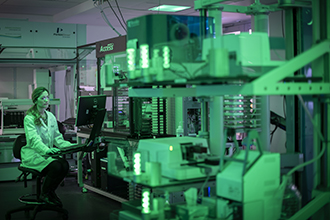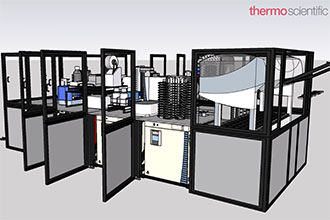Drug repurposing can appear as an attractive strategy to uncover new therapeutic indications for already developed medicines. However, it is important to understand the limitations and challenges of this approach and why it is often not the best strategy to develop drugs for your disease of interest.
For an in-depth review on this topic by a network of Australian scientific leaders, see:
Begley et al. Drug repurposing: Misconceptions, challenges, and opportunities for academic researchers, 2021 Science Translational Medicine





